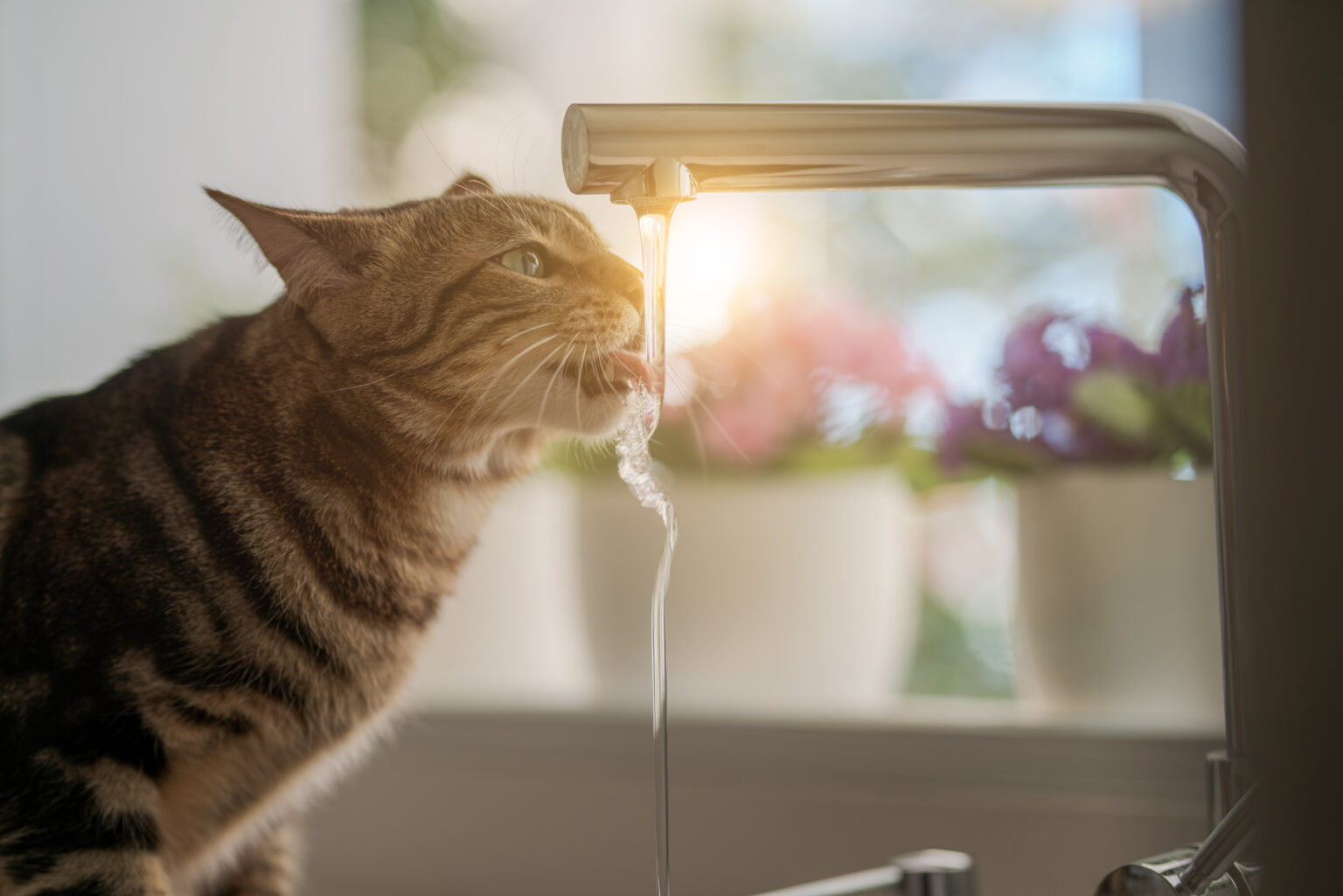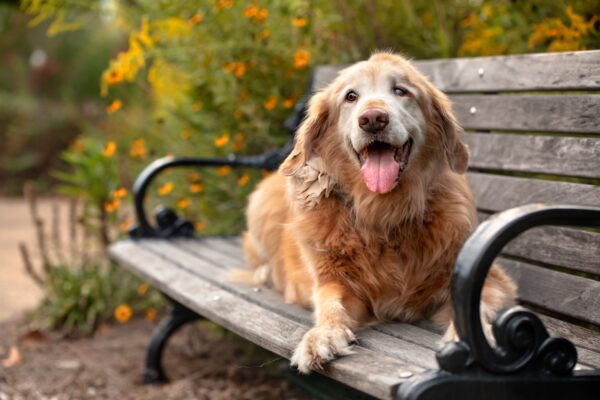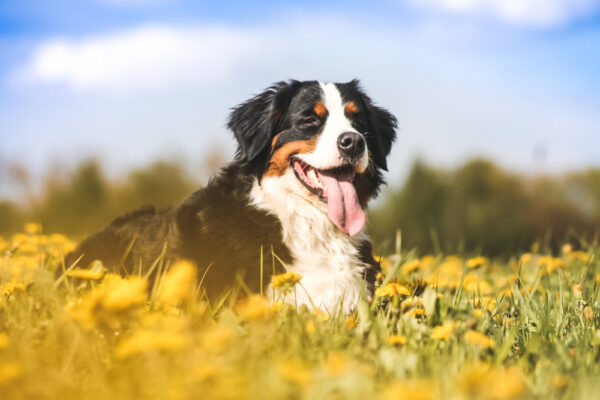Just like us, our pets need to be adequately hydrated in order to keep bright-eyed and bushy-tailed. Pets will require different quantities of water depending on their size and what sort of food they eat. For example, a cat fed purely on a dry kibble diet will need to drink more than a cat fed with moist pouch foods, because wet food contains a lot of water within the food.
How much should my pet drink?
In general, your pet should drink around 60 ml per kg of body weight per day. It would be considered excessive if your pet was drinking more than 100 ml/kg/day – in this case you should go to your vet to have a check-up, as there are various illnesses for which drinking more water than usual is one of the symptoms.
What if my pet isn’t interested in water?
If your pet doesn’t seem to be drinking as much as they should, it may be due to fussiness over their water. You should have plenty of fresh water available at all times (replaced at least daily). But some owners find that their cat only seems to like drinking from the floor of the shower, or their dog only likes to drink from the toilet! In this case, it is best to keep the bathroom door shut, but you can also try an alternative water source to make it more interesting for the animal to drink.
For example, water fountains can be very popular for cats and dogs that like to drink from a running water source. Cats that like drinking from the floor of the shower might be doing it for the interesting, salty taste, in which case offering your cat water with some salmon or other fish oil (unsalted) can entice them to drink more.
How many water bowls should I have for my pet?
If you have many animals, you should have at least the same number of water bowls as you have pets, plus one additional. Make sure they are in places where there is not a lot of foot traffic, especially with cats. Animals like to feel secure and safe when they are drinking and eating.
What should I do if my pet isn’t drinking enough?
If you suspect your pet may not be drinking enough, or may be dehydrated, there are a couple of checks you can make. Do not rely on the temperature or wetness of the nose – this is an old wives’ tale! The gums should be moist and pink – dehydration will lead to them becoming dry and tacky. The skin should spring back if you pull gently on the scruff at the back of the neck. If it goes back into place slowly, or stays in a tent shape, your pet is likely very dehydrated and will need to be checked by their vet.
As with everything concerning pets, it’s always good to keep an eye on their behaviour and habits. This summer, keep these simple tips in mind and enjoy the sunshine (and the peace of mind!).



